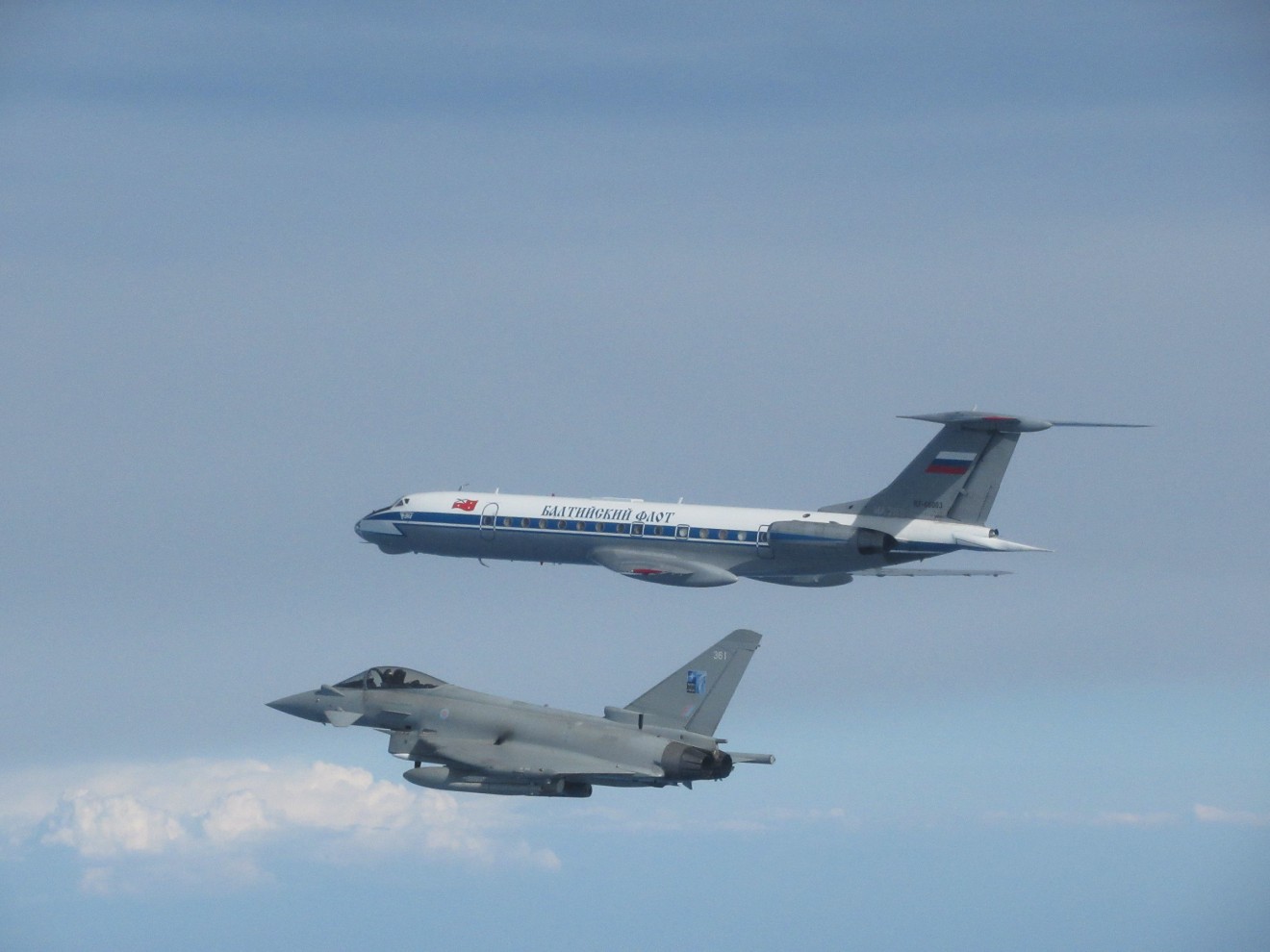This is the scenario that’s being played out regularly for the men and women of the 140 Expeditionary Air Wing who are currently carrying out NATO Air Policing from Ämari Air Base — less than an hour from the capital Tallin. Here six Typhoon aircraft, up to 10 pilots and an engineer footprint of between 60 and 80 are on 24/7 standby ready for action.
In one sense the war in Ukraine has changed everything about these policing missions. They’re not a new thing – they’ve have been carried out for years with very little public awareness. But events in Ukraine mean things are different.
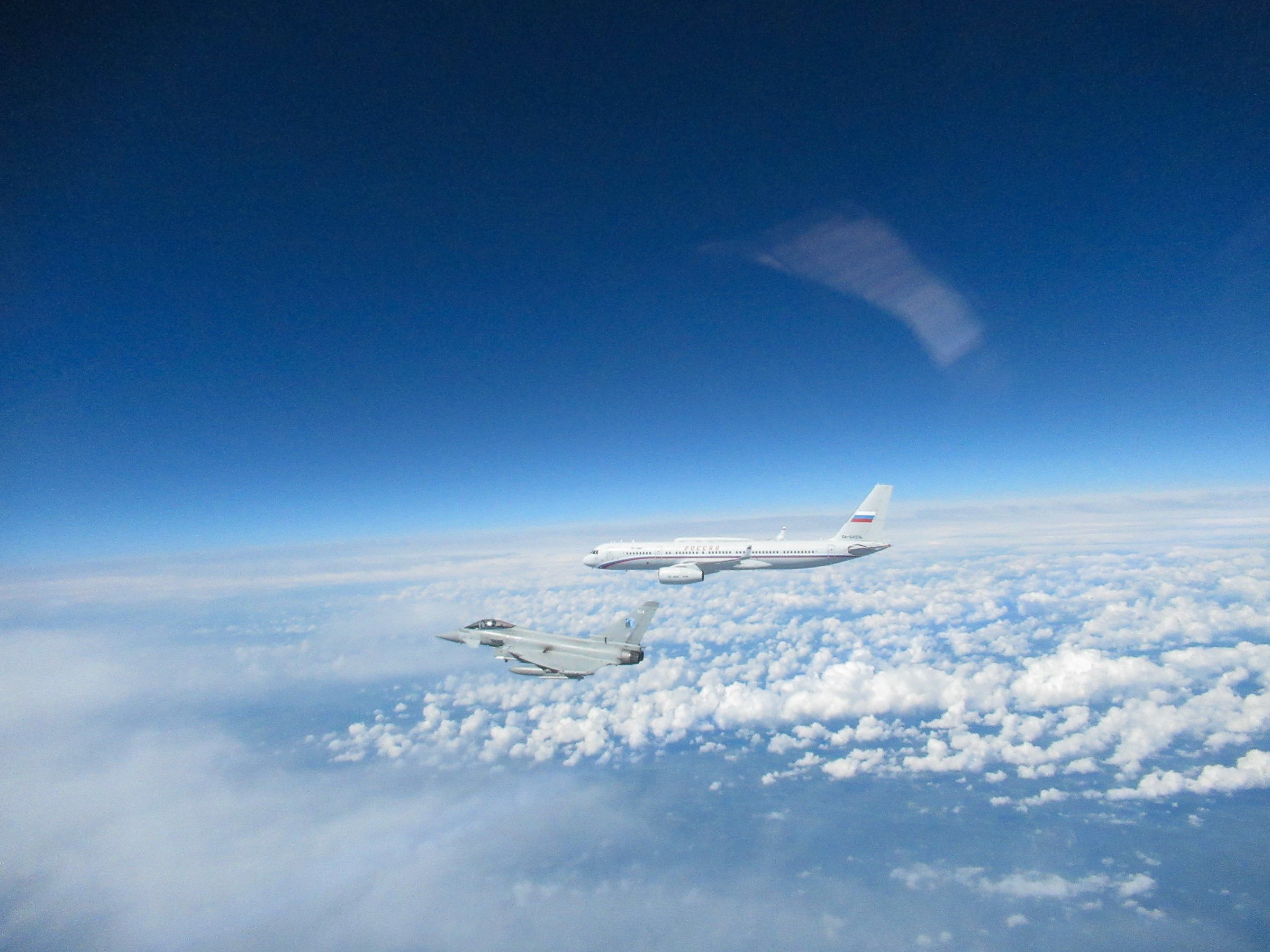
Wg Cdr Scott Maccoll, Commanding Officer of the140 Expeditionary Air Wing, says: “Our presence here means a lot to the Estonian people. They really value NATO being here.”
I've spoken to Estonian commanders who have described the Typhoons as ‘The sound of freedom’ and members of their MOD have told me, ‘If it wasn't for NATO, we would be next.
At the same time Wg Cdr Maccoll says it’s a case of business as usual for all involved in terms of the professionalism and discipline required.
“This is a longstanding mission and one that is defensive in nature. In terms of the Quick Reaction Alert (QRA) intercepts, it's very much business as usual. The team do what they're trained to do and they respond in the way they're trained to respond. They keep delivering professionally, day in, day out.
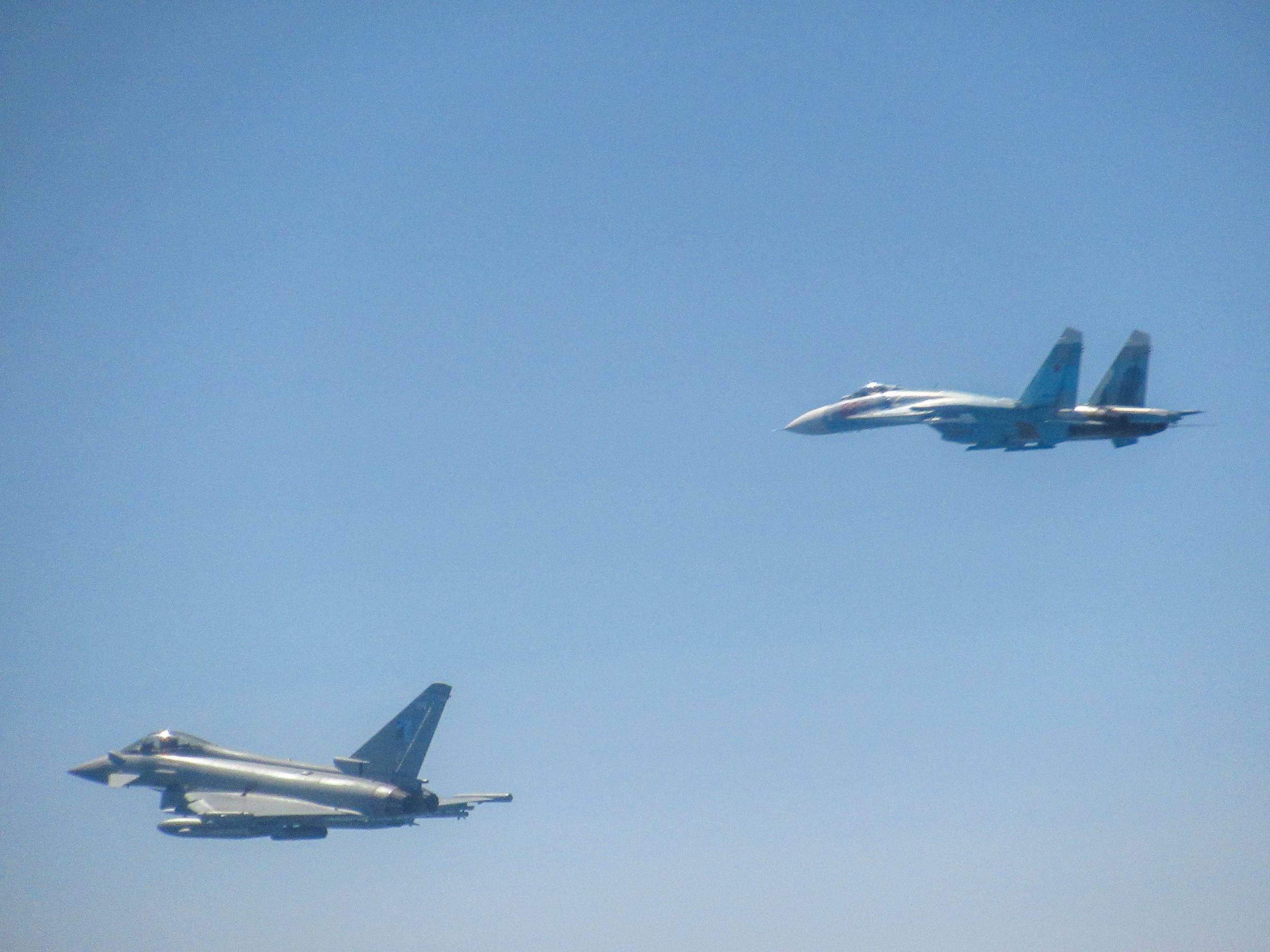
“One slight difference is the greater number of QRA intercepts that they see here, but that's great for their experience, great for building the capability, more flying hours, and seeing different aircraft types in the flesh.”
That drumbeat of activity has been relatively intense compared to what the squadrons are used to back in the UK. Halfway through month four of a five-month deployment they've had a total of 19 QRA scrambles, and intercepted a total of 50 Russian aircraft. Generally speaking, those aircraft have not been compliant with the international rules of the air.
“The strategic context that we find ourselves kind of stops any notion of complacency. When you speak to Estonians, you see what it means to them.”
Typhoon pilot Flight Lieutenant Ben of 1 (Fighter) Squadron, who is usually based at RAF Lossiesmouth — we don’t use his last name for security reasons — says a late-night scramble can be a surreal experience.
“When a scramble happens, you could be deep asleep at two in the morning and, suddenly, the siren will go off. You have minutes to sprint to the aircraft, strap in, start both engines and get airborne in maximum reheat to go and intercept any aircraft that we've been called out for.
It can feel like an absolute shock when the call first comes in, especially if you're deep asleep
“It can feel like an absolute shock when the call first comes in, especially if you're deep asleep. A loud siren is going off in your room, the lights come on and the doors automatically open. You jump up quickly. We sleep fully kitted up, ready to go, which can be quite uncomfortable, but it saves you those extra few seconds which are really important when it comes to getting to the jet, getting it started and getting airborne.
“Usually out here in Amari it's Russian military aircraft that we're intercepting, often with a fighter jet escorting them. Our job is to intercept them, and monitor them.
“When we pull up alongside a Russian aircraft, it really can vary. Sometimes the pilot waves at us, sometimes it can be quite aggressive and they might try turning into us, especially if there's a fighter escort for a transport aircraft, they can be quite aggressive. It really is varied.
“The most important thing we can do is just to monitor what's happening and always try to prioritise the safety of the aircraft. It’s important especially after a QRA scramble to try and stay calm. You can go from being fast asleep to 40,000ft flying at Mach One in less than 15 minutes. So it's important to just take a few deep breaths, chill out a bit and revert back to your training.”
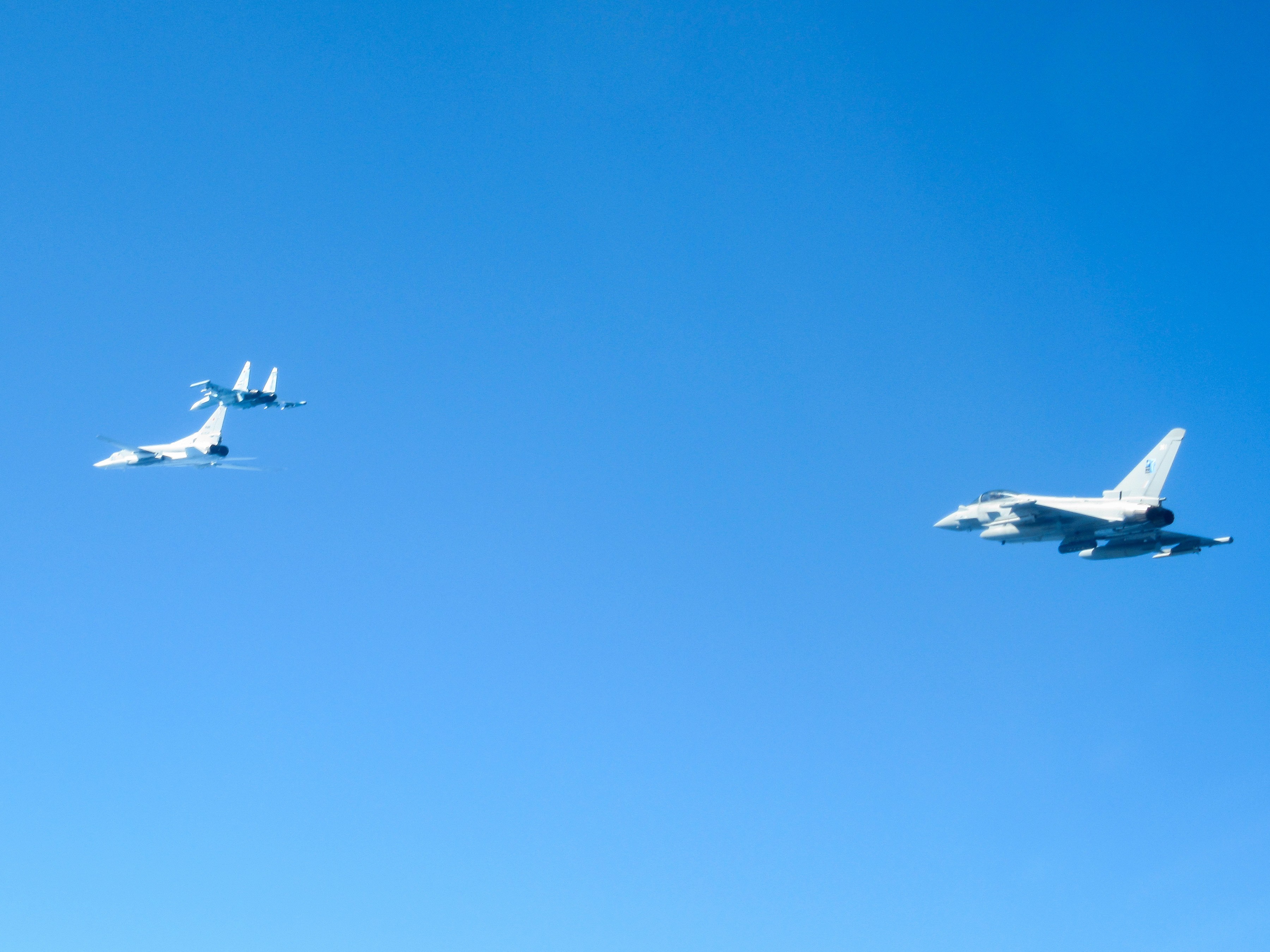
So what makes Eurofighter Typhoon so good at this type of work — where every second counts? As far as Flight Lieutenant Ben is concerned the answer is clear: raw power.
“Its two massive engines allow us to get airborne quickly, but don’t use a lot of fuel, which means we are able to stay airborne for a long time. We can be fully armed up and get up to beyond 40,000ft and fly supersonic straight to the target aircraft. Then stay there with it for over an hour, which few other aircraft can do.”
The QRA activity defending NATO airspace is only one part of the story for the team out in Estonia. The wing has also used this base to demonstrate how it can support other exercises and operations. Ben’s squadron flew a number of combat air patrols during the recent NATO summit in Vilnius which was attended by US President Joe Biden, Rishi Sunak and Ukrainian president Volodymyr Zelenskyy
Wg Cdr Maccoll says: “We've taken part in a huge number of exercises including the Baltic defence exercises Spring Storm, Exercise Aurora, Exercise Air Defender and Tempest Strike into Norway, the latter included a live drop of a Paveway IV bomb. We've also done a number of exercises around what is termed agile combat employment. “
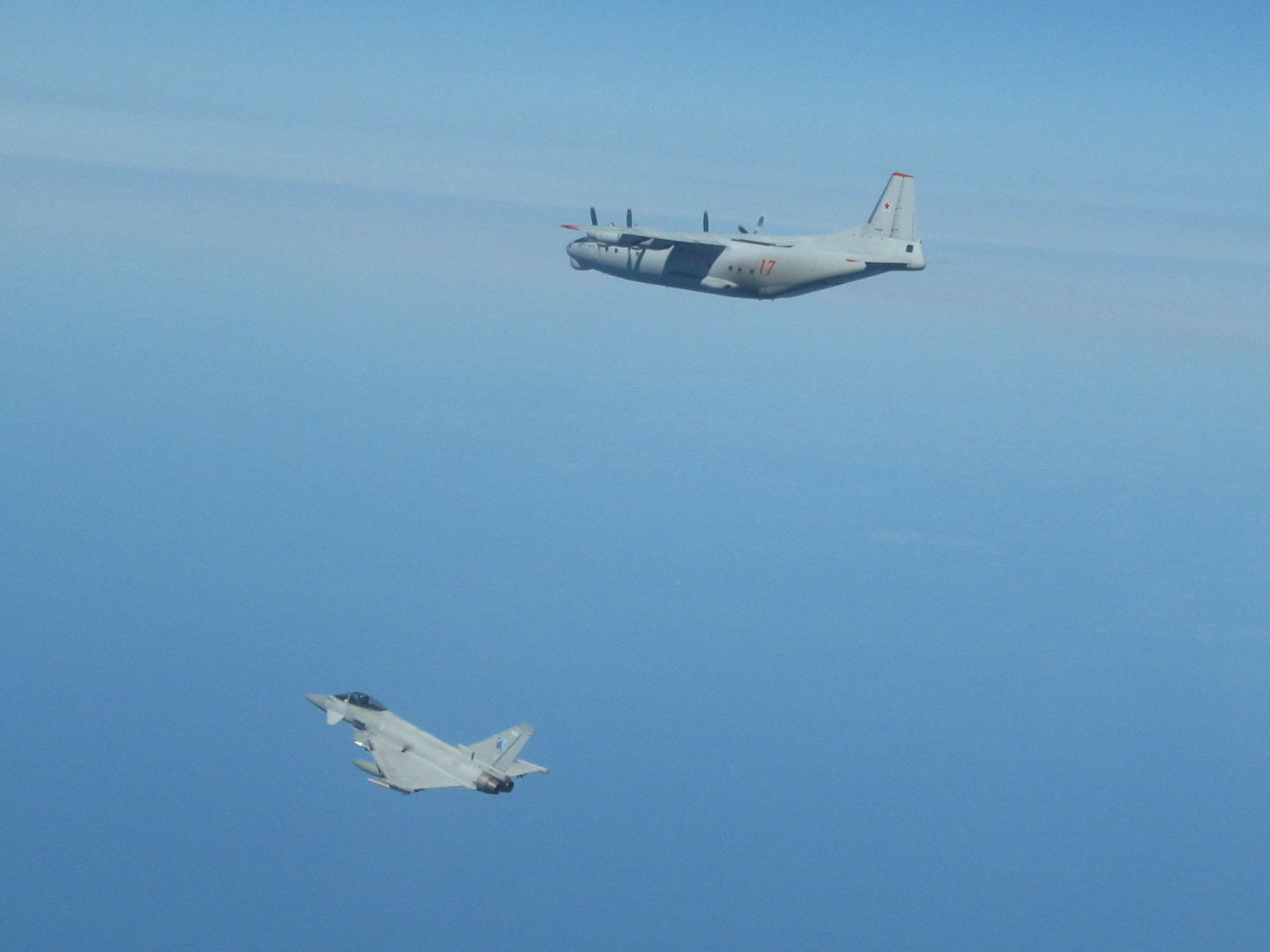
And, for the first two months, they were part of the first ever UK-German combined NATO Air Policing effort. By the end of those two months, every time the pilots flew, they did it in a mixed UK and German pair.
The wing is made up of a Typhoon squadron — initially that was IX (B) Squadron from RAF Lossiemouth but at the end of May they were replaced by 1 (F) Squadron. It also comprises the 90 Signals Units, the 15 Squadron RAF Regiment, 5001 Flight and 1 Expeditionary Logistics Squadron and 93 Expeditionary Armament Squadron.
The motto 140 Expeditionary Air Wings is a Scottish Gaelic phrase which means ‘Always Ready’. It is one they are living up to every day.
